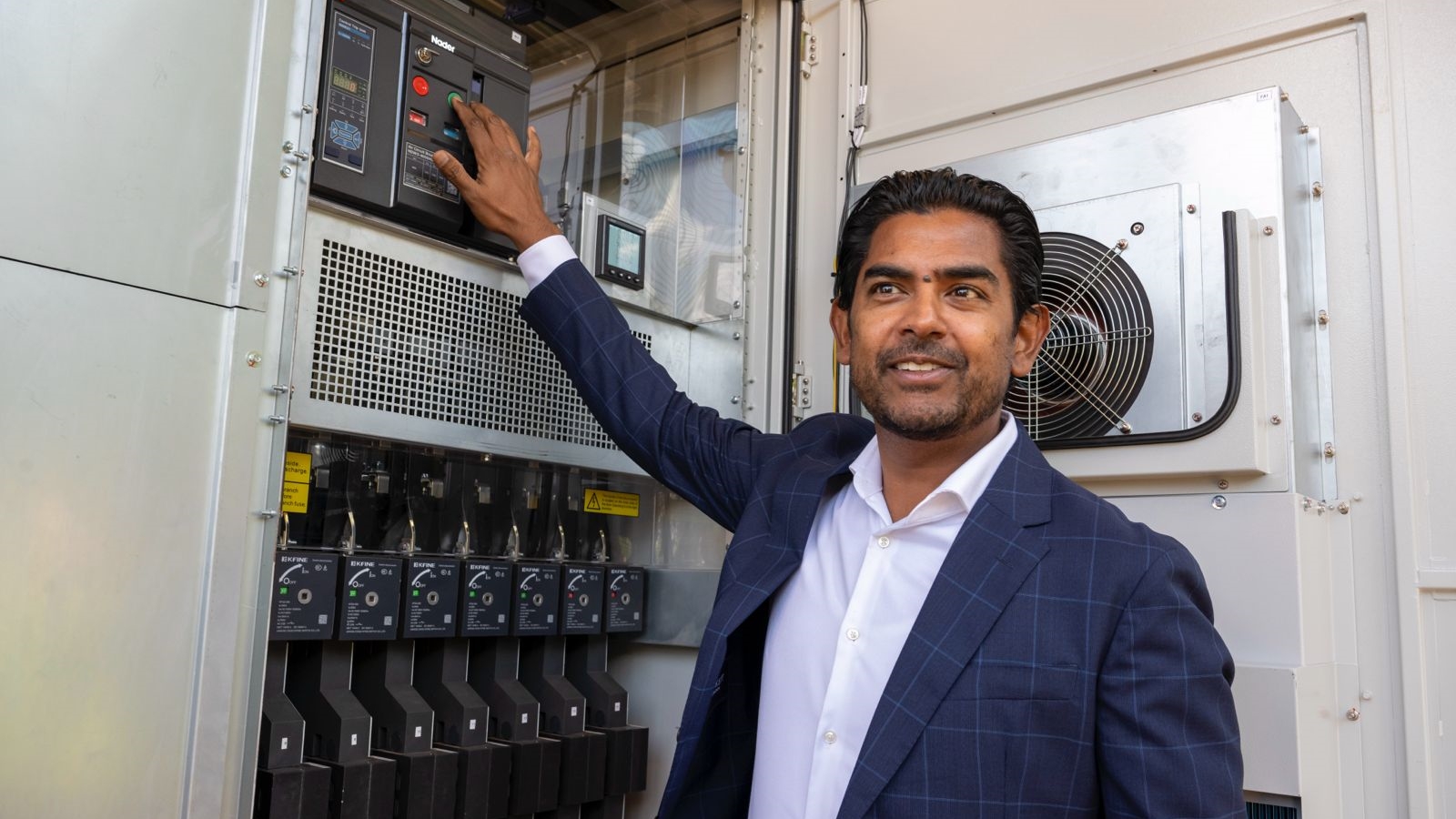- MTN says it has switched on 5 418 of a planned 9 000 solar panels at its headquarters in Johannesburg.
- This, the telco says, reduces the reliance on the municipal grid by as much as 40 percent.
- MTN says that 1 800kW of energy should be injected into the 14th Avenue microgrid by the end of February.
Despite what some in government might say, loadshedding has no benefit for South Africans or business owners. By now, we suspect that billions have been spent on energy resilience to guard against the threat of power cuts. One of the companies that has spent a pretty penny on alternative energy is MTN which on Wednesday announced that the first phase of its solar renewable energy project had crossed the halfway mark.
This week, the telecommunications company switched on 5 418 of a planned 9 000 solar panels at its Johannesburg headquarters. With the first phase at this mark, it’s expected that 700kW of power will be injected into the 14th Avenue microgrid, reducing MTN’s reliance on municipal power by as much as 40 percent. This resilience is vital as MTN reportedly lost R700 million because of the impact of loadshedding.


The telco isn’t slowing down this progress as it intends to inject 1 800kW into the microgrid by the end of this month. According to a press release, a battery storage facility will be completed by March.
“MTN SA set its sights on achieving Net Zero emissions by 2040, a decade ahead of industry objectives. The Solar Park, a 4.9MW solar embedded generation plant, and the groundbreaking Island Mode Project, which will see MTN leveraging a combination of gas, solar, battery and diesel technologies working in cohesion to create a microgrid are pivotal in positioning MTN to go off the grid during loadshedding,” chief executive officer at MTN South Africa, Charles Molapisi said in a statement.
The Island Mode Project mentioned by Molapisi is only expected to be complete by April 2024.
This project will transform MTN into an independent power producer, generating 4.5MW of energy. This has the dual benefit of reducing reliance on Eskom while also reducing MTN’s carbon footprint.
Back in July 2023, MTN said it planned to create a traffic corridor along 14th Avenue from Flora Clinic to its offices. This interchange is a mess during loadshedding with multiple on-ramps and off-ramps to major roads and highways. It’s also a major choke point for traffic in the mornings and afternoons. It’s not clear how these latest developments affect those plans but hopefully, commuters will benefit from MTN’s renewable energy before too long.
Of course MTN isn’t alone in guarding against the national grid as Vodacom has also made moves in that regard.
In August 2023, Vodacom signed a first-of-its-kind virtual wheeling agreement with Eskom after a year of testing.
This is likely very bad news for Eskom. While the likes of MTN and Vodacom reducing their demand helps reduce the impact of loadshedding, this also means Eskom is losing customers who tend to use a lot of electricity reducing its potential earnings. This could potentially lead to price hikes on electricity that impacts citizens who are on the bottom rungs of the income ladder.
With so many big corporations investing in alternative energy sources, reducing reliance on Eskom, it behooves the utility to work harder than ever to solve the ongoing energy crisis.

